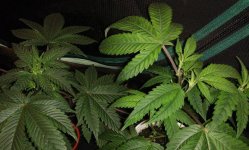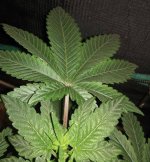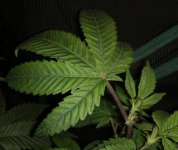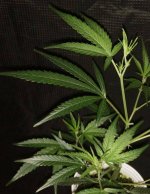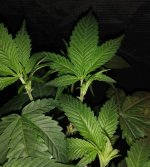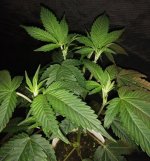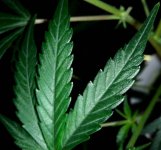chiesesganja
Well-known member
depends on strains too.... i feel sativa more near indica more farWhile I don't disagree with you, it all depends on the led diodes themselves, the lens agle and power. Less power diodes need to be kept closer than hids, while big units powered by cobs or having narrow angle lenses need to be kept at a greater distance.
Also, I'd say keeping leds too close won't result in more defficiencies, plants will just progress slower or get bleached tops (if leds are really powerful and kept really close, so what others said remain valid as well.
But I totally agree that once you hit the sweetspot you can be happy with the results.

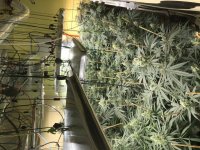
 Beautiful job!
Beautiful job!